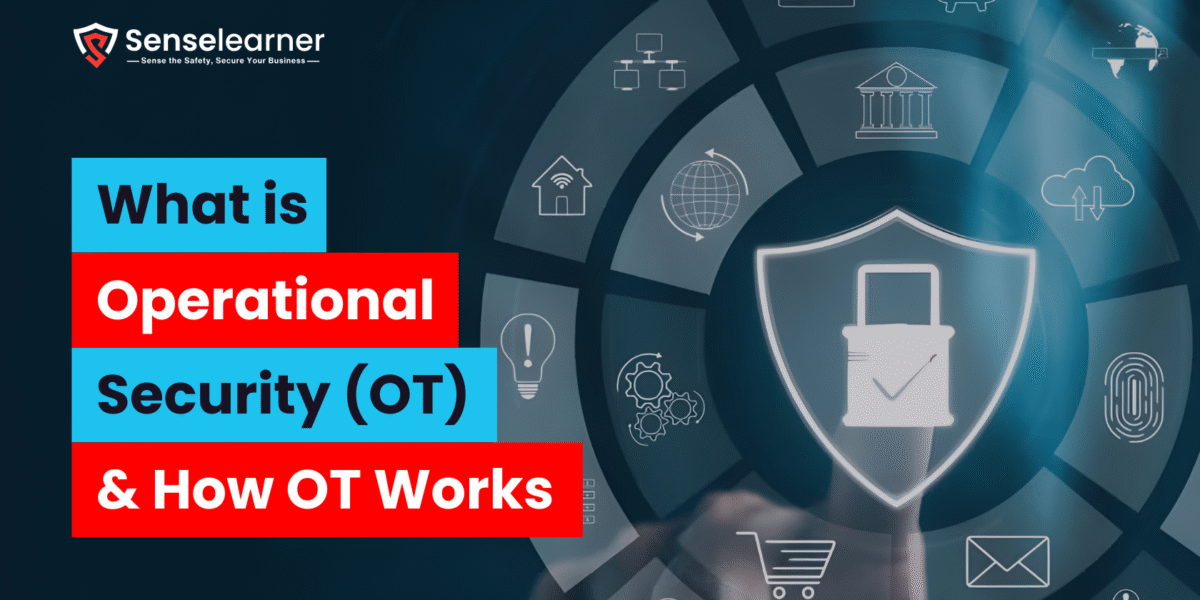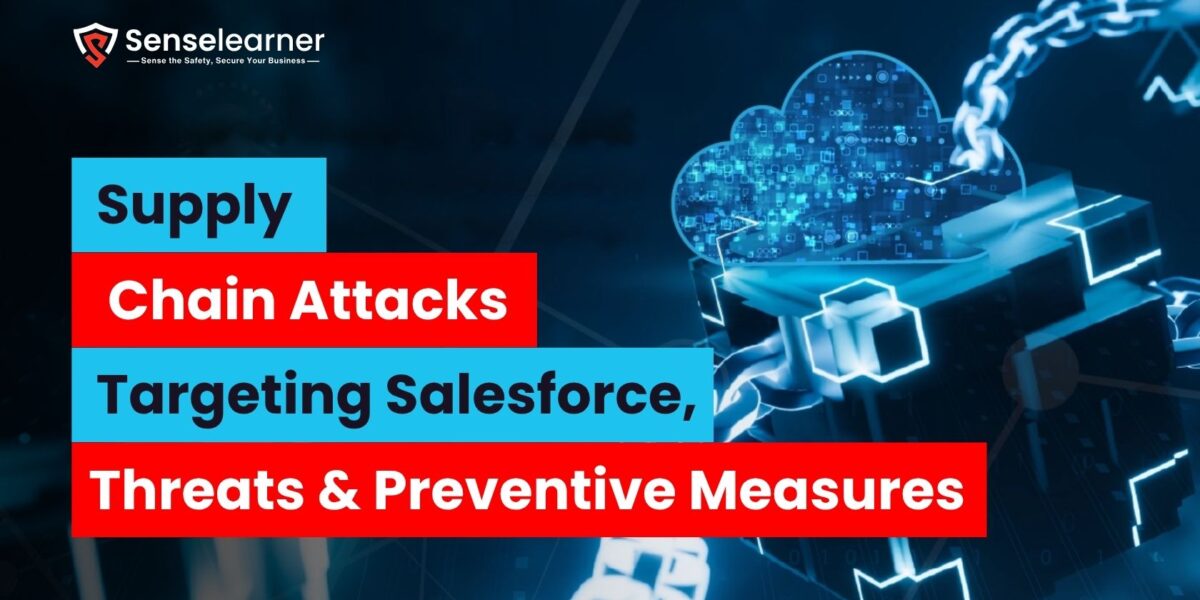Table of Contents
What is DevSecOps security

DevSecOps security is a modern approach to software development that integrates security practices directly into the DevOps process, ensuring that security is a shared responsibility from the very beginning of the software development lifecycle (SDLC). Traditionally, security was treated as a final step after development and testing, which often led to delays, increased costs, and vulnerabilities slipping into production.
DevSecOps shifts this paradigm by embedding automated security checks, continuous monitoring, and vulnerability management throughout every phase of development from code writing to deployment and maintenance. This approach leverages tools like static and dynamic application security testing (SAST/DAST), container scanning, infrastructure as code (IaC) analysis, and software composition analysis (SCA) to detect and remediate vulnerabilities early and frequently. By promoting collaboration between development, operations, and security teams, DevSecOps fosters a culture of shared accountability and faster incident response.
Additionally, it supports compliance and governance by embedding security policies into the CI/CD pipeline. Overall, DevSecOps enhances the resilience of applications, reduces the attack surface, and ensures that security evolves at the same speed as development, making it a vital practice in today’s fast-paced, cloud-native, and microservices-driven environments.
Top 10 DevSecOps security tools
In the evolving landscape of software development, integrating security into every stage of the DevOps pipeline has become critical. DevSecOps tools empower organizations to identify and remediate security risks early in the development cycle, improving the overall security posture without slowing down deployment. These tools automate static and dynamic analysis, scan open-source dependencies, secure containerized applications, and continuously monitor for vulnerabilities across environments.
From static code analyzers like SonarQube to container-focused tools like Aqua Security and lightweight scanners like Trivy, each solution plays a unique role in building secure and scalable applications. Below is a list of the top 10 DevSecOps security tools that are widely trusted by professionals to streamline and strengthen application security in modern CI/CD workflows.

SonarQube
SonarQube is a widely adopted open-source platform for static code analysis that enables development teams to detect bugs, code smells, and security vulnerabilities early in the software development lifecycle. It integrates seamlessly with CI/CD tools like Jenkins, Azure DevOps, GitHub Actions, and others, ensuring code is automatically scanned before moving into production.
With support for over 25 programming languages, SonarQube provides detailed reports and dashboards that help teams maintain code quality and comply with secure coding standards. It promotes a “shift-left” security approach by allowing developers to resolve issues during the coding phase. Its enterprise version offers additional governance features suitable for large organizations with complex needs.
| Attribute | Details |
| Purpose | Static code analysis to detect bugs, code smells, and vulnerabilities |
| Key Features | Bug tracking, code smells, security hotspots, custom rule sets |
| Supported Languages | Java, C#, Python, JavaScript, TypeScript, C++, and more |
| Integrations | GitHub, GitLab, Bitbucket, Jenkins, Azure DevOps |
| Deployment Options | On-premises, Sonar Cloud (for cloud) |
| CI/CD Compatibility | Yes, via plugins and API |
| License Type | Open-source (Community), Commercial (Developer/Enterprise Editions) |
| Best For | Code quality assurance and secure development practices |
Snyk
Snyk is a developer-first security platform focused on securing open-source dependencies, container images, and infrastructure as code (IaC). It integrates with Git repositories and CI/CD tools to continuously scan for known vulnerabilities in open-source packages. Snyk’s standout feature is its ability to offer automated fix suggestions via pull requests, enabling quick remediation without disrupting workflows.
Developers can use its CLI or IDE plugins to detect issues as they write code. Snyk is especially valued in cloud-native and microservices architectures, where reliance on third-party libraries is extensive. Its usability, deep integration with GitHub, GitLab, and Bitbucket, and its real-time monitoring capabilities make it a staple in modern DevSecOps pipelines.
| Attribute | Details |
| Purpose | Find and fix vulnerabilities in open-source libraries and containers |
| Key Features | Real-time scanning, automated pull requests, license compliance |
| Supported Platforms | Node.js, Python, Java, Ruby, Go, .NET, Docker, Kubernetes |
| Integrations | GitHub, GitLab, Bitbucket, Jira, Jenkins, IDEs |
| Deployment Options | Cloud, CLI tool |
| CI/CD Compatibility | Fully compatible |
| License Type | Free for small projects, commercial plans available |
| Best For | Dev teams using open-source components in modern DevOps pipelines |
Checkmarx
Checkmarx is a powerful enterprise-grade Static Application Security Testing (SAST) solution designed to identify and prioritize vulnerabilities in source code before deployment. It supports numerous programming and scripting languages, including modern frameworks. Checkmarx integrates into CI/CD workflows and IDEs, enabling developers to perform scans and receive remediation guidance within their development environment.
Its customizable rules and risk models cater to industry-specific requirements and compliance standards like OWASP, PCI-DSS, and HIPAA. As a result, Checkmarx is a top choice for organizations prioritizing security-by-design in large-scale software projects.
| Attribute | Details |
| Purpose | Static Application Security Testing (SAST) to detect code flaws |
| Key Features | Deep source code analysis, security policy customization, CI/CD support |
| Supported Languages | Java, JavaScript, Python, C#, PHP, Go, and more |
| Integrations | Jenkins, Azure DevOps, GitHub, GitLab, Bitbucket, IDEs |
| Deployment Options | Cloud and on-premises |
| CI/CD Compatibility | Yes, highly integrable |
| License Type | Commercial |
| Best For | Enterprises with robust security & compliance requirements |
Aqua Security
Aqua Security is a comprehensive cloud-native security platform focusing on containerized environments, Kubernetes, and serverless workloads. It provides container image scanning, runtime protection, and compliance enforcement for Kubernetes clusters. Aqua’s security posture management helps DevSecOps teams detect misconfigurations and enforce policies across container lifecycle stages.
Aqua integrates with popular CI/CD tools and registries like Jenkins, GitHub, and Docker Hub, making it easy to include security checks in early development stages. With its deep Kubernetes visibility and role-based access controls, Aqua is ideal for teams operating at scale in production-grade cloud environments.
| Attribute | Details |
| Purpose | Security for containers, Kubernetes, and cloud-native applications |
| Key Features | Container image scanning, Kubernetes posture mgmt., runtime defense |
| Supported Platforms | Docker, Kubernetes, AWS, Azure, GCP |
| Integrations | CI/CD tools, orchestration platforms, cloud providers |
| Deployment Options | Cloud and on-premises |
| CI/CD Compatibility | Yes |
| License Type | Commercial (Trivy is free/open-source) |
| Best For | Securing containerized production environments |
Veracode
Veracode is a cloud-based application security solution that offers automated static (SAST), dynamic (DAST), and software composition analysis (SCA). Known for its simplicity and fast on boarding, Veracode supports a wide range of languages and provides an integrated platform for development teams to find and fix flaws early. It enables secure code practices across Agile, DevOps, and waterfall methodologies.
By automating scans and integrating into build pipelines, Veracode helps enforce security policies without slowing down development. Its centralized dashboard and governance features make it suitable for enterprises needing to track compliance and risk across a large application portfolio.
| Attribute | Details |
| Purpose | Cloud-based application security testing across SDLC |
| Key Features | SAST, DAST, SCA, binary scanning, policy management |
| Supported Languages | Java, .NET, C++, Python, JavaScript, and more |
| Integrations | Jenkins, GitHub, Jira, IDEs |
| Deployment Options | Cloud-based |
| CI/CD Compatibility | Yes |
| License Type | Commercial |
| Best For | Enterprises with strong focus on secure DevOps transformation |

Trivy
Trivy is a lightweight, open-source vulnerability scanner for containers and Kubernetes. It’s praised for its simplicity, fast setup, and efficient scanning capabilities. Trivy scans container images, file systems, and Git repositories for vulnerabilities in OS packages and application dependencies. It also checks for IaC misconfigurations, such as in Terraform and Kubernetes YAML files.
Trivy can be easily embedded in CI/CD pipelines with minimal configuration, making it popular among DevSecOps teams looking for efficient security scanning with low operational overhead. Its open-source nature and frequent updates contribute to its growing popularity in the cloud-native ecosystem.
| Attribute | Details |
| Purpose | Fast and simple vulnerability scanner for containers and IaC |
| Key Features | Scans OS packages, dependencies, IaC files, and misconfigurations |
| Supported Platforms | Docker, Kubernetes, Git repositories |
| Integrations | GitHub Actions, GitLab CI, CircleCI, Jenkins |
| Deployment Options | CLI tool, integrations with Kubernetes |
| CI/CD Compatibility | Yes |
| License Type | Open-source (Apache 2.0) |
| Best For | Developers seeking a lightweight and open-source security scanner |
GitLab Security Dashboard
GitLab’s built-in Security Dashboard offers a unified interface to monitor and manage application security risks within the GitLab DevOps platform. It supports SAST, DAST, container scanning, and dependency scanning out of the box. This feature allows security checks to be an intrinsic part of the merge request and deployment processes.
By embedding security into a single application, GitLab enables a frictionless DevSecOps experience without needing external tools. Organizations using GitLab benefit from centralized visibility, automated vulnerability management, and efficient collaboration between developers, security engineers, and operations teams.
| Attribute | Details |
| Purpose | Security testing and dashboards integrated directly into GitLab |
| Key Features | SAST, DAST, dependency scanning, container scanning, license scanning |
| Supported Languages | Supports via GitLab-supported CI runners |
| Integrations | Native GitLab CI/CD integration |
| Deployment Options | GitLab SaaS and self-hosted GitLab |
| CI/CD Compatibility | Fully native |
| License Type | Free (Basic), Premium, Ultimate |
| Best For | Teams using GitLab for full DevOps lifecycle |
Tenable.io
Tenable.io is a cloud-based platform offering comprehensive vulnerability management across networks, web applications, containers, and cloud environments. Known for its rich asset discovery and continuous assessment capabilities, Tenable.io help teams identify risks, prioritize vulnerabilities based on context, and track remediation efforts.
It integrates with CI/CD pipelines to scan container images before deployment, ensuring that insecure builds never make it to production. Its robust APIs and prebuilt integrations with DevOps tools make it suitable for securing dynamic, hybrid infrastructures.
| Attribute | Details |
| Purpose | Cloud-based vulnerability management and web application scanning |
| Key Features | Continuous assessment, risk scoring, asset discovery, compliance |
| Supported Platforms | AWS, Azure, Google Cloud, container platforms |
| Integrations | Jenkins, Terraform, Docker, SIEMs |
| Deployment Options | SaaS (Tenable.io), On-prem (Tenable.sc) |
| CI/CD Compatibility | Yes, API and plugin-based |
| License Type | Commercial |
| Best For | Security teams managing large, dynamic infrastructures |
Fortify (Micro Focus)
Fortify is an enterprise-level application security suite that provides SAST, DAST, and Software Composition Analysis (SCA), helping teams secure applications across the SDLC. Fortify’s flexibility supports scanning across multiple platforms, including cloud-native and on-prem environments.
Its integration with popular IDEs, CI/CD tools, and build servers allows for seamless security testing without disrupting developer workflows. Fortify stands out with its deep static analysis capabilities and mature support ecosystem. It’s often chosen by heavily regulated industries such as finance and healthcare, where compliance and traceability are paramount.
| Attribute | Details |
| Purpose | End-to-end application security testing (SAST, DAST, SCA) |
| Key Features | Comprehensive coverage, compliance readiness, custom rule creation |
| Supported Languages | 25+ including Java, C#, C++, Python, JavaScript |
| Integrations | Jenkins, GitHub, Azure DevOps, IDEs |
| Deployment Options | Cloud, on-premises |
| CI/CD Compatibility | Yes |
| License Type | Commercial |
| Best For | Government, finance, healthcare, and regulated industries |
OWASP ZAP (Zed Attack Proxy)
OWASP ZAP is a popular open-source Dynamic Application Security Testing (DAST) tool maintained by the Open Web Application Security Project. It is primarily used for security testing of web applications, including scanning for common vulnerabilities like SQL injection and XSS. ZAP supports both active and passive scanning, making it useful for both manual penetration testing and automated testing within CI/CD workflows.
With features like intercepting proxy, spidering, and scripting, ZAP is a valuable resource for developers and security teams alike. Its open-source model and extensive plugin system contribute to its popularity in both educational and professional environments.
| Attribute | Details |
| Purpose | Open-source dynamic security testing for web applications |
| Key Features | Intercepting proxy, automated scanners, scripting, API testing |
| Supported Platforms | Web apps (technology-agnostic) |
| Integrations | CI/CD pipelines, Selenium, Jenkins, REST API |
| Deployment Options | Desktop GUI, Docker, CLI, API |
| CI/CD Compatibility | Yes |
| License Type | Open-source (Apache License 2.0) |
| Best For | Web developers, security testers, and DevSecOps teams |
Explore More: DevSecOps: Security in Every Step
FAQ
How do DevSecOps tools support compliance and regulatory requirements?
DevSecOps tools help organizations automate compliance checks by embedding security policies and standards into the CI/CD pipeline. They can generate audit trails, track vulnerability remediation, and align development practices with frameworks such as GDPR, HIPAA, PCI-DSS, and ISO 27001, making it easier to demonstrate compliance during security audits.
Are DevSecOps tools suitable for small teams or startups?
Yes, many DevSecOps tools offer lightweight, cloud-based, or open-source options that are ideal for small teams with limited resources. Tools like Trivy, OWASP ZAP, and GitLab’s built-in security features provide effective security coverage without requiring a large security team or complex infrastructure.
How do DevSecOps tools handle zero-day vulnerabilities?
While no tool can predict zero-day vulnerabilities in advance, DevSecOps platforms enhance preparedness by offering real-time monitoring, rapid vulnerability detection, threat intelligence integration, and automated patching. This minimizes the response time once a zero-day threat is discovered.
Can DevSecOps tools integrate with cloud-native environments like AWS, Azure, or GCP?
Absolutely, most modern DevSecOps tools are designed with cloud-native compatibility and offer integrations with major platforms like AWS, Microsoft Azure, and Google Cloud. They provide security scanning for infrastructure as code (IaC), cloud workloads, containers, and serverless functions, ensuring end-to-end cloud security coverage.



